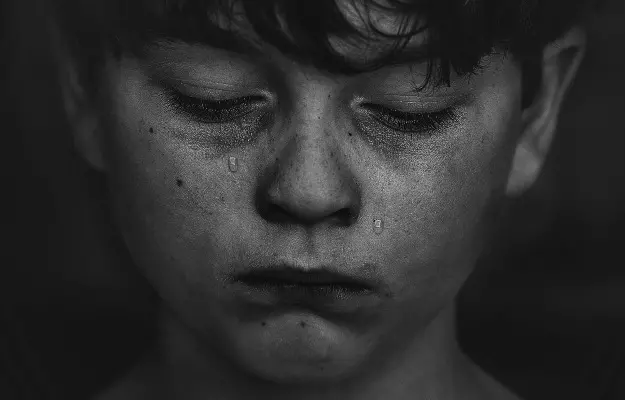When people who hold a certain power in social situations—at school, college, office, and most recently, in cyberspace—try and make other people feel helpless or powerless, it is termed as bullying.
Bullying refers to intentional and repeated verbal or physical negative behaviour, the purpose of which is to intimidate or harm another person.
There are at least two types of bullying: direct and indirect or relational bullying. While direct bullying includes examples of physical and verbal abuse against the victim, indirect bullying can be more insidious - snide remarks, posting an unflattering picture online without a person’s consent, knowingly excluding someone from a group discussion, gossiping and slandering.
Cyberbullying, or bullying over a phone, electronic device or social media, can take both direct (example, verbal abuse and threats) and indirect (example, slander or mean-spirited jokes aimed at the victim) forms.
Being bullied is an extremely stressful experience that results in the victim developing anxiety, self-esteem issues, depression and even substance abuse.
Research shows that bullying behaviour can have its roots in health and family problems—children who experience or see abusive behaviour at home are also likely to perpetuate it at school or in a playground. Further, bullying has long-term negative outcomes for bullies too. Research shows that bullies tend to indulge in alcoholism and have difficulty forming friendships as grown-ups.
“One study found that, among bullies, nearly one-third had attention-deficit disorder, 12.5 percent had depression, and 12.5 percent had oppositional conduct disorder... one study found that bullies tend to engage in frequent excessive drinking and other substance use more often than victims or bully-victims. Research has found that, as adults, bullies often display externalizing behaviors and hyperactivity. Finally, being a bully has been associated with antisocial development in adulthood,” wrote Paul R. Smokowski and Kelly Holland Kopasz in “Bullying in School: An Overview of Types, Effects, Family Characteristics, and Intervention Strategies”, for the US National Association of Social Workers.
Read on to know how bullying leaves a lasting impact on our brains, and tips to deal with bullies.

































